Unwrapping diversity at Archer: what I learned from SDLC
Bhavnani ’17 poses with her affinity group. This was the South-Asian affinity group, or as they called themselves, “The Brown Fam.” Photo courtesy of Anika Bhavnani ’17
Dear Archer Community,
I recently traveled to Tampa, Florida, with two classmates and three teachers for the Student Diversity Leadership Conference (SDLC).
It was life changing.
After an inspirational speech from Dr. Mae Jemison, the first African-American woman to go into space, students participated in a powerful silent movement. Within minutes, I was able to see how 1,600 students in one room are so different, so diverse but similar as well.
After this activity, we were put into “family groups.” This is where I spent most of my time and where I learned about the eight core identifiers— family structure, race, gender, sexual orientation, religion, age, socioeconomic status and ability.
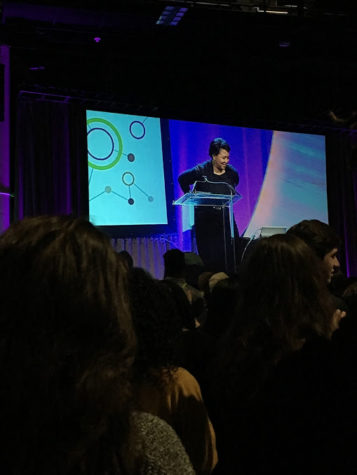
Dr. Mae Jemison had an inspirational talk with the students and teachers at the conference. She talked a lot about being a female in the scientific field.
Archer students: I hope you get an understanding of how amazing this conference is and learn more about diversity.
Faculty, staff and administration: I hope that you are inspired to include any of this material into your courses, work or everyday lives.
I would like to challenge everyone to be accepting and understanding of each of these topics.
Family Structure
Family structure was the very first identifier my group discussed. Because family structure can vary so much, it can be difficult to talk about. However, I would like to challenge the Archer community to dig into this conversation.
Race
Race is a complex topic, however learning about race at SDLC was eye opening. I discussed race in my family group, but where I saw it play out the most was in my affinity group. Although I identify as Indian-American, I was most interested in that fact that there was no such group.
The affinity organizers grouped all Asian-Americans together. This was very uncomfortable for me at first, because I thought that I was different and wouldn’t be able to relate to my group. In the end, I realized how similar we all are.
Later, we split up into micro-affinity groups, and I went to the South Asian-American affinity group. It was so nice to be able to talk with people who have similar beliefs as me. While we all believe different things, we had an automatic connection. I was able to learn from them, relate to them and accepted by them.
I believe that we should create affinity groups like these at Archer. They would give students a comfortable environment where they can talk about their unique racial experiences.

Religion
Religion has always been a big part of my life. My religion has shaped me into who I am, and it is unfortunate that I have not been able to talk about my religion at school as much as I would like to.
It has been difficult, but as a member of the Diversity Executive Board, I have the ability to lead the community in discussions about religion. Once a year since 10th grade, I have taught the community about the Diwali, Indian New Year, and the significance of the day.
This year, three other people who celebrate Diwali came. I was able to learn about how they celebrate and I loved seeing people in the Archer community engage in something that I am passionate about. Seeing this “almost affinity group” come together within the Archer community made me realize that it’s possible to create affinity groups at school.
Gender
Even though the Archer curriculum teaches about gender constructs, it does not go as in depth as I would have liked it to. Our classes leave out many different types of gender. As the list of genders increases, it is important to learn and talk about these different genders. Before SDLC, I never knew what cisgendered meant. The term refers to someone who identifies with their assigned sex.
Archer is a safe environment to talk about gender, but the discussions that we have in our English and history classes aren’t enough — these conversations need to continue outside of the classroom.
Sexual Orientation
Even though sexual orientation was difficult to talk about for me, I have learned that it is alright to make mistakes in this conversation. Making mistakes is the only way that I can learn what is appropriate to say and what is not.
We do not discuss sexual orientation as much as I wish we did at Archer. Conversations about this topic are foundations for a strong community. While at SDLC, I realized that as time goes on, families become more and more accepting. Since Archer girls are the “future leaders of the world” it is important to speak openly about sexual orientation.
Age
It is important to understand that even though Archer students are not that far apart in age, each student faces different challenges because of their age. For example, a sixth grader doesn’t face the stress of finals like an upper schooler does. At the same time, a senior might not understand a sixth grader’s troubles with acclimating to a new school.

Photographer: Bhavnani ’17
Ability
When it comes to the discussion of ability at Archer, we need to destigmatize the word “disability.” While there might be some controversy around the word “difference” in place of “disability,” I prefer “difference.” Differences can be positive whereas disabilities are associated with negative qualities.
Socioeconomic Status
Because socioeconomic status is the hardest topic to talk about, it is even more important to have these difficult conversations. Discussions in the past about this topic have lead to discomfort and strong emotions. However, we need to have these discussions so that we can get over the uncomfortable feelings.
I encourage you all to talk about these topics, challenge your ideas and learn from someone new. Explore these topics by talking to your friends and family, coming to Diversity Club and learning something new.
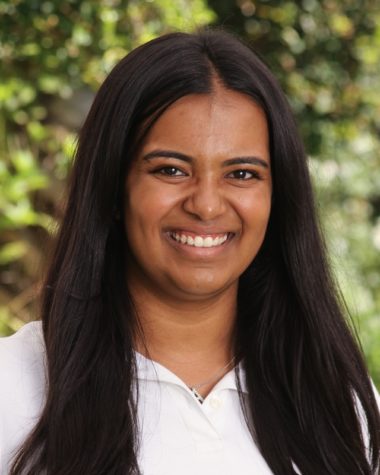
Anika Bhavnani became a member of the Oracle staff in 2015. She was promoted to co-Voices editor in 2016 and was promoted to editor-in-chief for the 2016-2017...




![Freshman Milan Earl and sophomore Lucy Kaplan sit with their grandparents at Archer’s annual Grandparents and Special Friends Day Friday, March 15. The event took place over three 75-minute sessions. “[I hope my grandparents] gain an understanding about what I do, Kaplan said, because I know they ask a lot of questions and can sort of see what I do in school and what the experience is like to be here.](https://archeroracle.org/wp-content/uploads/2024/03/grandparents-day-option-2-1200x800.jpg)










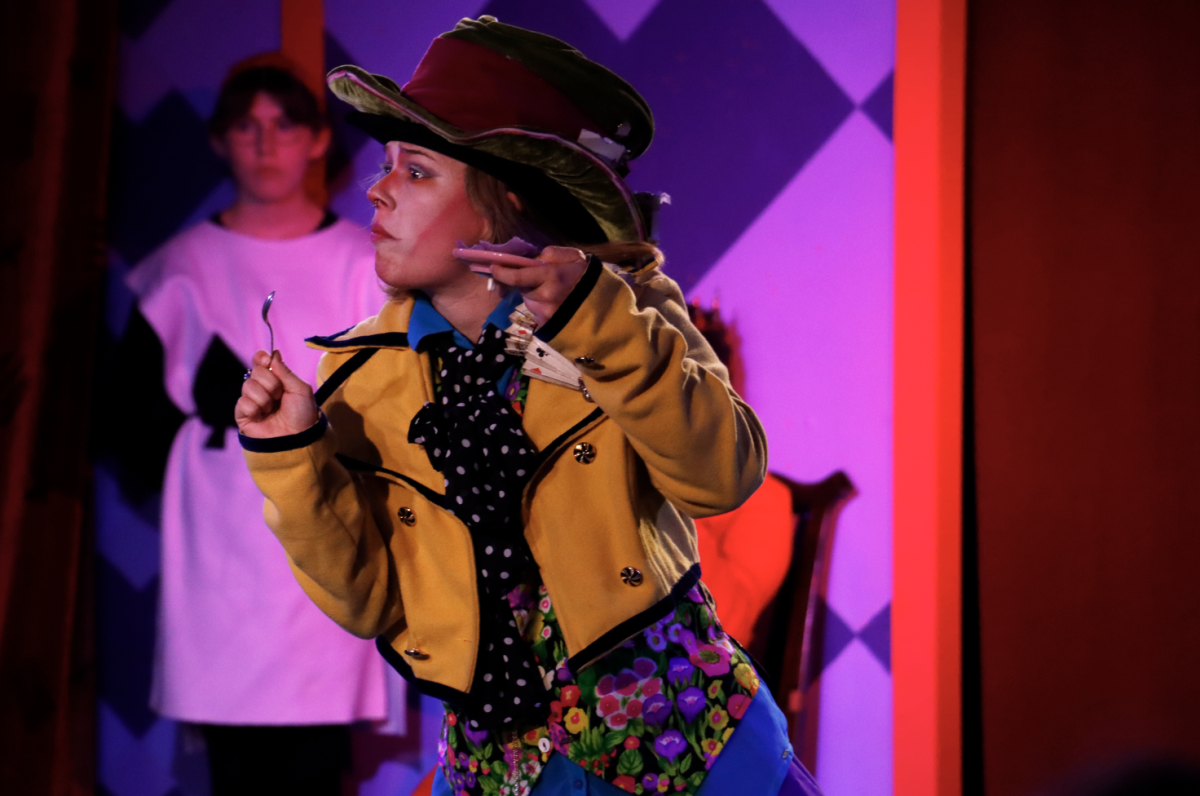







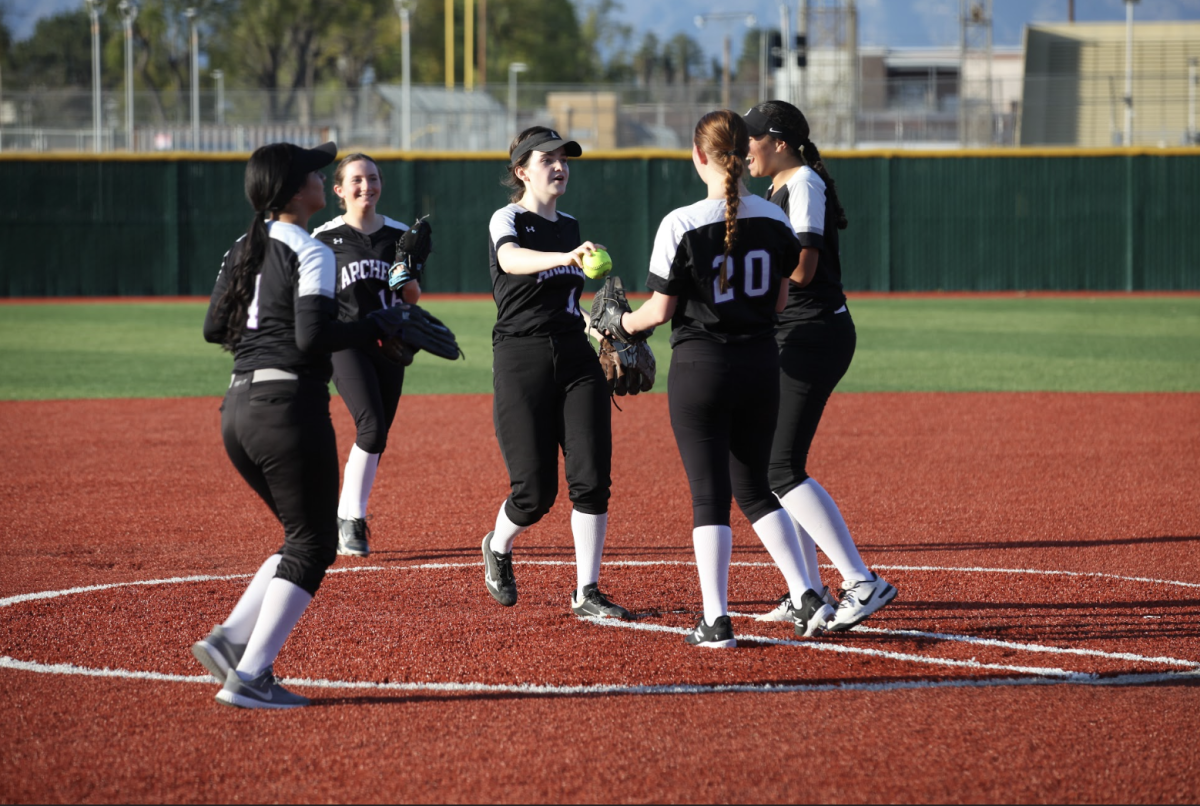
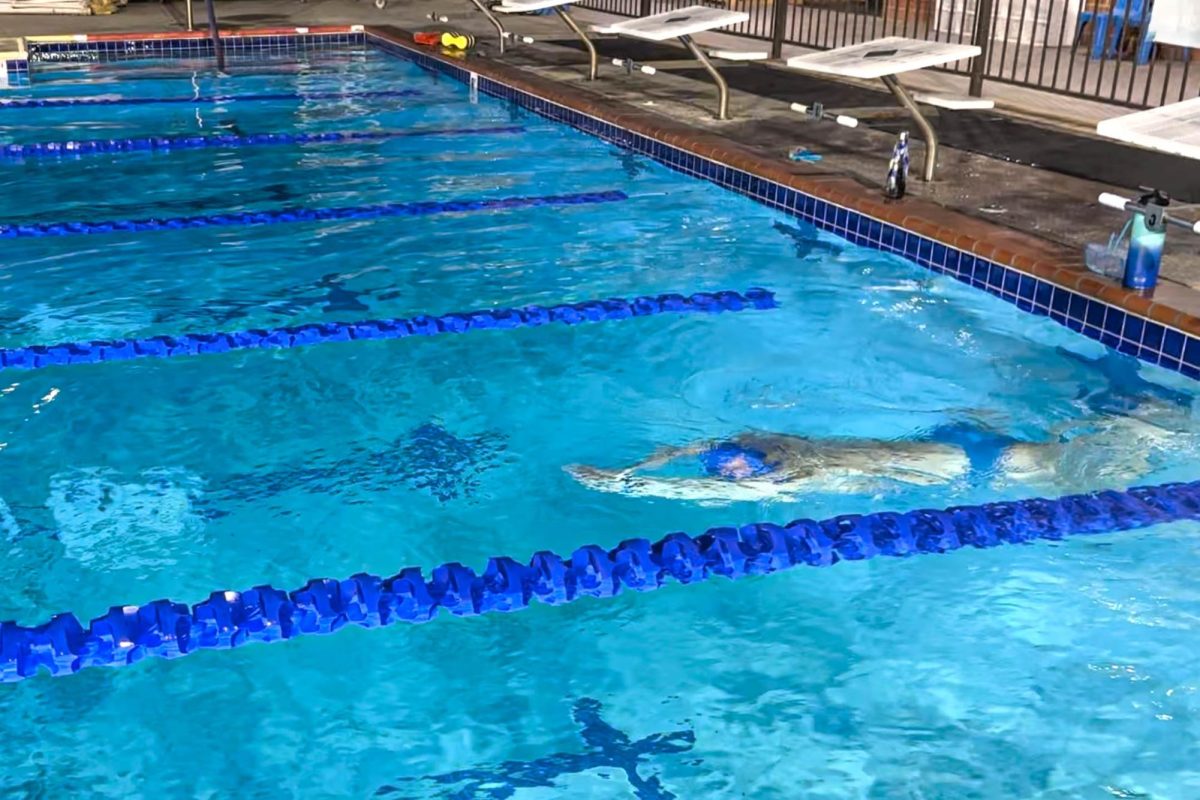















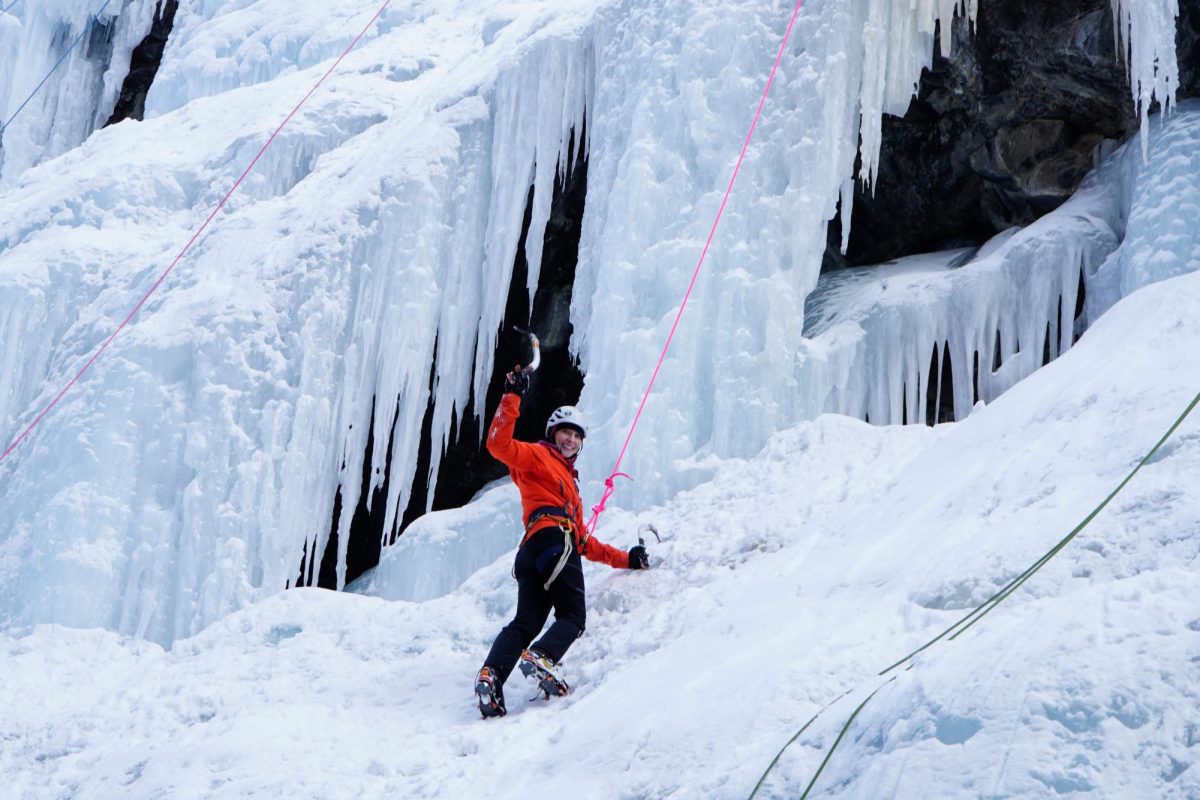









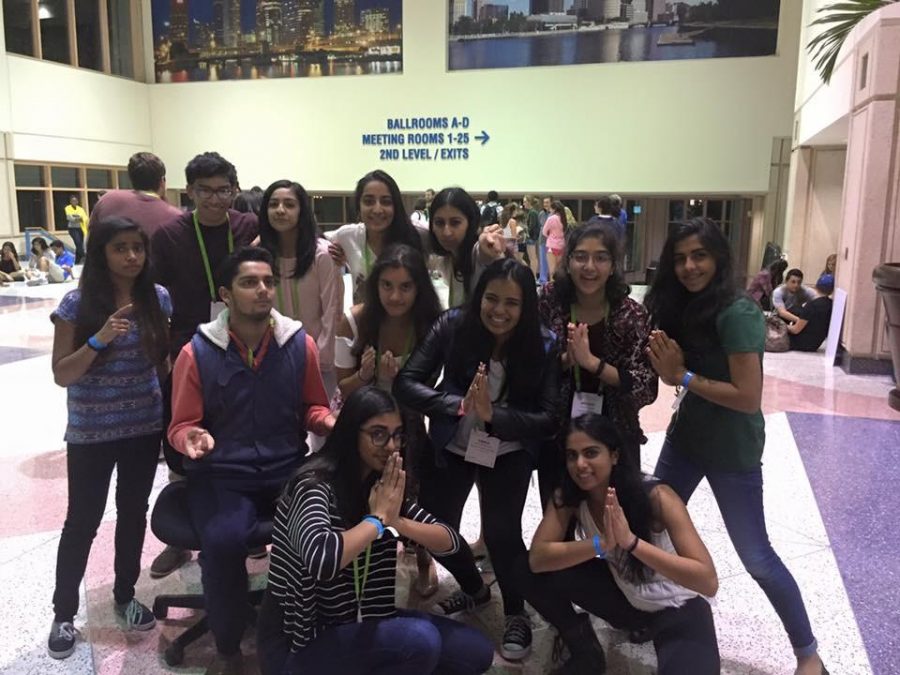
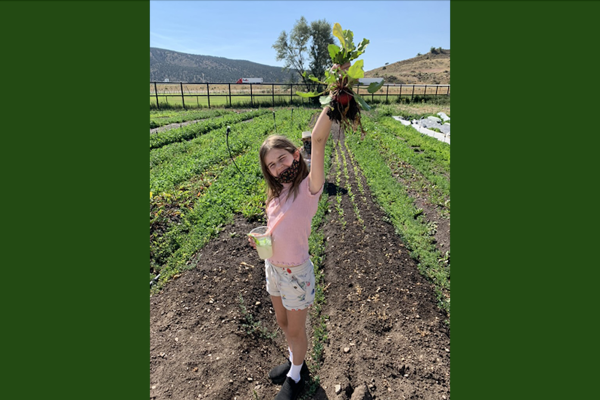
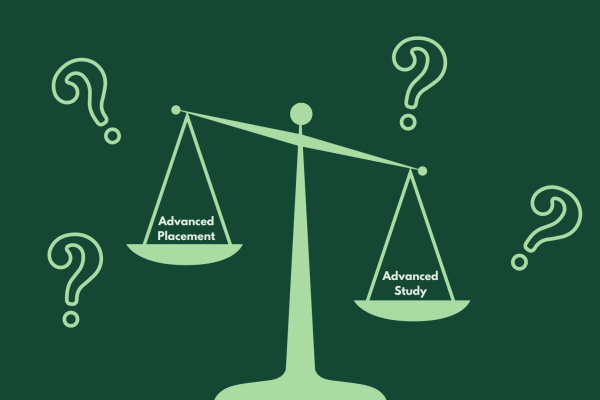
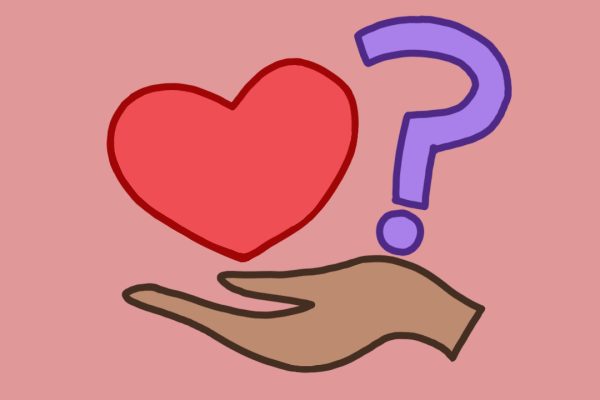
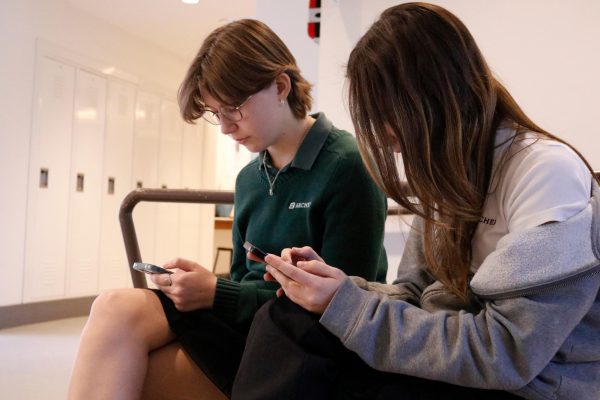

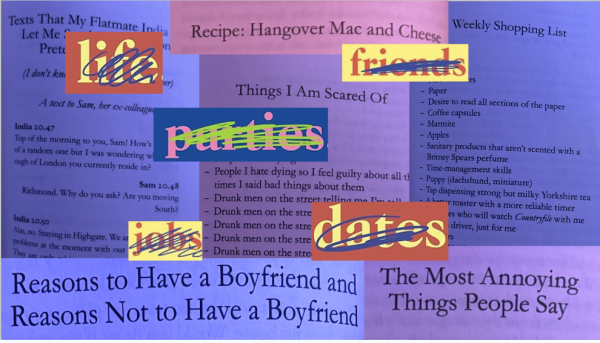
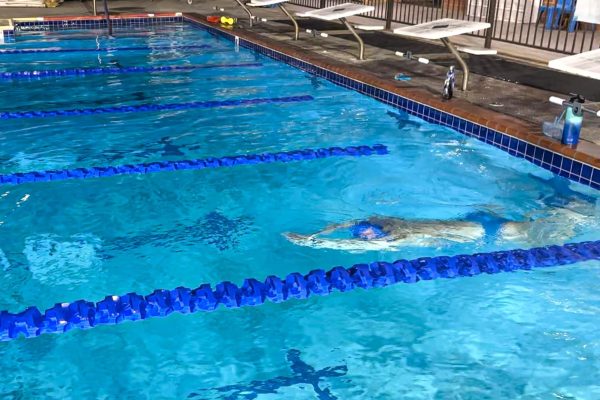
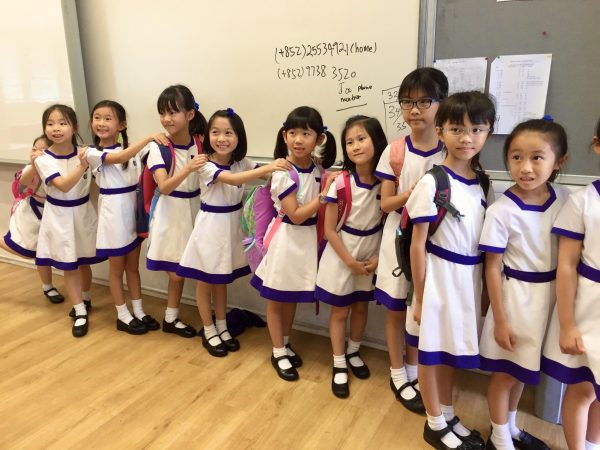

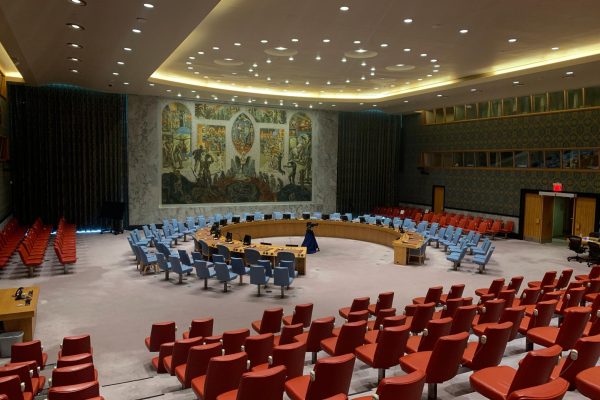
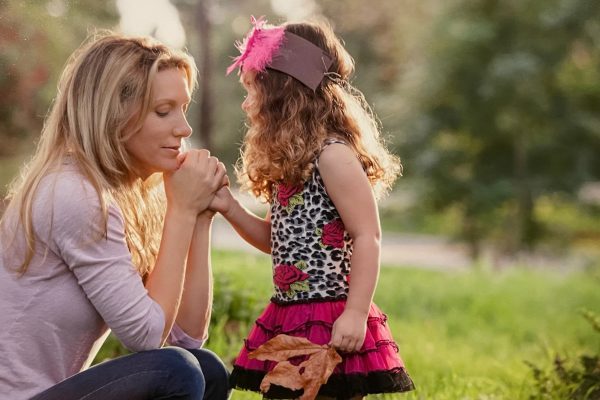
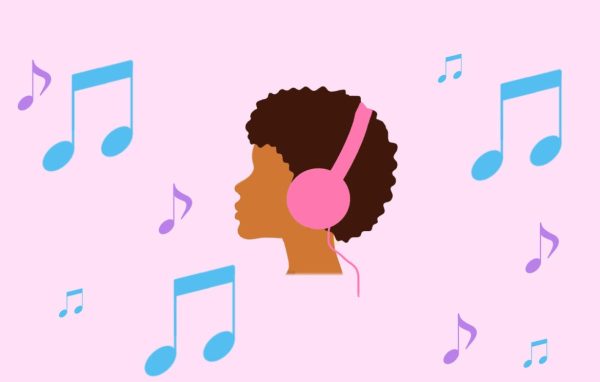
Jolina Clement • Feb 12, 2016 at 4:58 pm
Fantastic read. This conference sounds amazing, and you have such thoughtful takeaways. Affinity groups sound especially cool! I would love to be a part of one and/or contribute to the conversations you mention.
Izzy Simanowitz • Feb 9, 2016 at 12:49 pm
Anika,
That was an amazing article! I will always remember the amazing time you, Cydney, and myself had at the conference!
Cydney Davis • Feb 9, 2016 at 11:48 am
Great job, Anika! Perfect representation of what the conference is all about. I’m so happy that you were able to share your experiences with the Archer community. I miss it so much, but I can’t wait for more students from Archer to attend and gain as much knowledge and appreciation for it as we did!
Beth Gold • Feb 9, 2016 at 10:11 am
Beautifully written, honest, proactive and compelling! I hope the community will take to heart Anika’s words and embrace opportunities to keep the conversations started at the diversity conference ongoing.